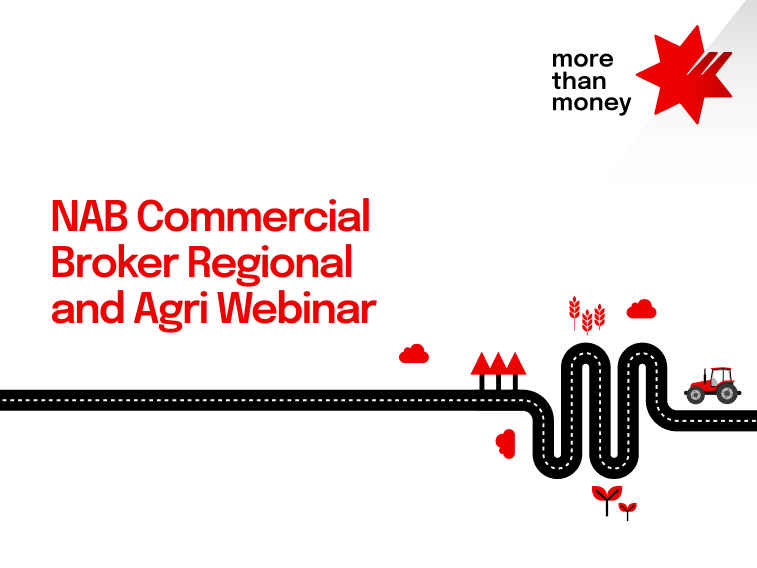An exclusive webinar to help you deliver the best outcomes for your R&A business. Watch now.


Webinar
Technology in agriculture – ‘agtech’ – brings endless innovations to Australian farms. And despite cost challenges, it can improve the bottom line.
Farmers are sometimes perceived as being behind with technology. Well, I’ve worked in all parts of banking and I find farmers are often among the most advanced in understanding future trends and the latest innovations. They have to be.
The NAB Agribusiness 2017 report Backing Rural Australia – Future-proofing our Farmers Through Sustainability and Agtech Solutions highlighted how much interest there is in technology’s potential to increase yield, minimise waste and generally improve the bottom line.
Although management software has the biggest uptake across the sector, we’ve found it’s our cropping customers who use the widest range of technologies, with horticulture leading in the adoption of agtech like automated sprinklers and climate soil sensors. With global demand for Australia’s ‘clean and green’ produce on the rise, these technologies are critical for maintaining quality as we increase yield and crop rotation.
NAB started as an agricultural bank in the 19th century and we still take our role of adding value by way of introductions and information sharing very seriously. We want to be a source of knowledge for customers about what’s coming down the technology pipeline. Since we can’t be specialists in everything, that means working in partnership with the right people inside and outside NAB.
Our start-up arm, NAB Ventures, is currently doing a lot of work with a satellite imaging start-up that provides deeper information on things like soil quality and composition. We’ve also partnered with the CSIRO to create National Outlook 2018: A Business-led Forum to Shape Australia’s Future. Due for release in early 2019, it draws on the best business and government thinkers as well as data and scientific evidence from the CSIRO to explore our long- term outlook across a number of scenarios, many of them agriculture related.
I’m always struck by how passionate farmers are about protecting their natural capital. It’s at the core of most of their decisions. NAB partners with Food Agility and Queensland’s AgForce to remain engaged with the issues facing farmers – from water and fertiliser usage to the implementation of technology.
Agtech throws up enormous opportunities but it also throws up challenges. For starters, it can be costly. Some watering systems are still quite expensive, especially for smaller producers, but as technologies become more scaleable, they’ll become more affordable.
We offer discounted loans for energy- efficient equipment upgrades, which can make it more economically viable for farmers to adopt newer technologies and practices. Some farms have used the loans to add renewable power sources, for example.
Many agribusinesses look to technological innovations to help them add value, often through vertical integration. Tracking the value chain is critical to maintaining quality and winning new customers. Again, it’s costly to set up from scratch so we’re seeing agribusinesses partnering up – with universities, research institutions and other industries. Agriculture has a willingness to test that other industry sectors could learn from. It’s the foundation
for their resilience – a buzzword now but an attribute farmers have cultivated for centuries.
Tech is changing jobs, too. Data analysts, logistics experts and robotic engineers are now as important as agronomists and shearers to most agribusinesses. Training for these new roles is another urgent issue and NAB is the only bank with a dedicated agriculture graduate program.
I’m excited about NAB’s engagement with agtech. We’re looking at the big risks and embracing our obligation to help by putting agribusinesses in contact with new resources as well as supplying funds for innovations. Don’t forget to look out for the National Outlook 2018 report in early 2019.
© National Australia Bank Limited. ABN 12 004 044 937 AFSL and Australian Credit Licence 230686.